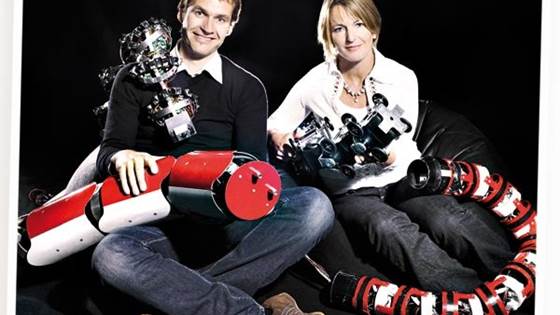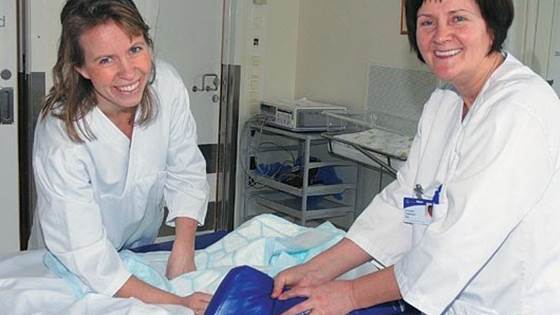The invisible technology
Nanoproducts have entered our lives, almost without being noticed. Artificial particles end up in the atmosphere, earth and water. What happens to them?
Nanoproducts have entered our lives, almost without being noticed. Artificial particles end up in the atmosphere, earth and water. What happens to them?
SINTEF’s DYNAMIS project received the “CSLF Recognition Award” in London in October for its contribution to CO2 capture and storage.
If we continue to use our hospitals in the same way as we do now, the health service in 2030 will need to employ every second young person in the country and increase hospital bed capacity by 5000.
A specially modified, millimetre-thick, super-absorbent bed sheet solves delivery-room problems

Nanoproducts have slipped into our lives, almost without being noticed. Man-made particles end up in the air, soil and water. What happens to them?

Their brains are still no more advanced than that of a one-year-old, but scientists want robots to be as smart as teenagers – at least.

A specially modified, millimetre-thick, super-absorbent bed sheet solves delivery-room problems.
The fuels cell that four Scandinavian industrial companies are developing in collaboration with SINTEF could supply power to trailers and fork-lift trucks.
Front-line staff in the nursing and care sector would welcome sensor and robot technology in nursing homes and the homes of elderly people.